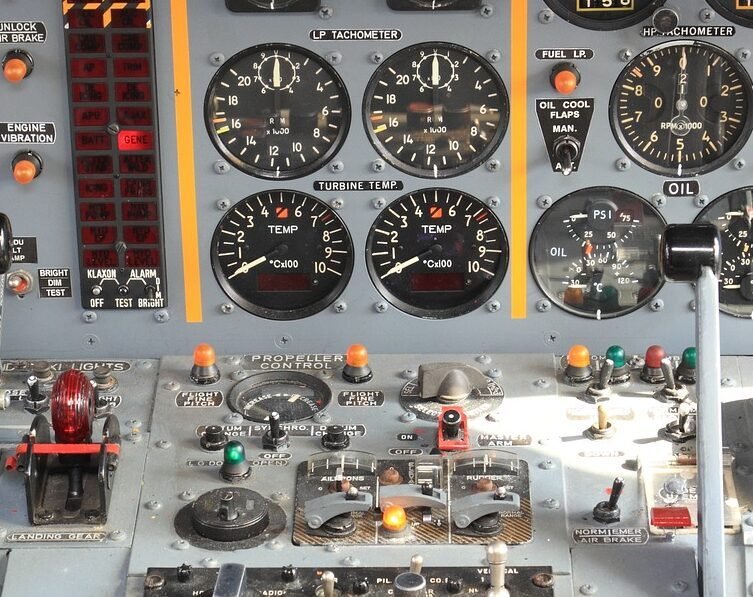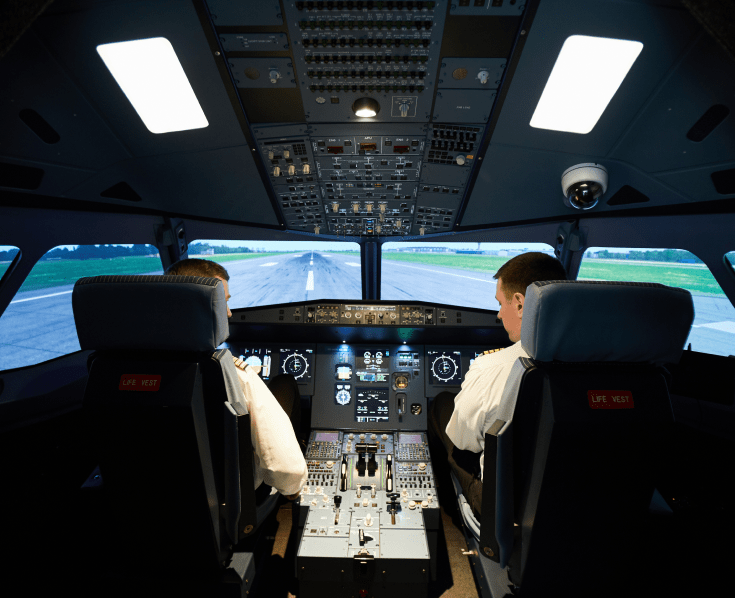Aerodrome Traffic Control
Join us at Aviakm and take the first step towards a rewarding career in aerodrome traffic control, where precision, safety, and efficiency are paramount
Aerodrome Traffic Control
Course Objectives
- Explain the duties, procedures, and responsibilities of the Aerodrome Control Positions.
- Explain ground control procedures and operations.
- State the concepts and requirements associated with Traffic within the vicinity of the aerodrome.
- Identify the components of Vertical Separation including Procedures, Minima and Aerodrome Control Phraseology in compliance with ICAO Air Traffic Management (Document 4444.).
- Explain the requirements and procedures for Visual Separation, Visual Approaches, and Special VFR.
- Explain the procedures of control and handling of Departing Aircraft.
- Explain the procedures of control and handling of Arriving Aircraft.
- The procedures of Separation between Departing Aircraft and Arriving Aircraft.
- Explain the coordination necessary between positions in the Tower and between Tower Control and Approach Control.
- Have a working knowledge of VFR departure and arrival procedures.
Identify the contents and composition of ATIS messages. - Identify the specific phraseology for controlling aircraft and vehicle operations on designated aerodrome movement areas and aircraft operating in the vicinity of the aerodrome.
- Identify the major causes of runway incursions and ways to ensure the safety of arriving and departing aircraft.
- Explain the different levels of emergencies, pilot transmissions that identify distress and urgency situations.
Course Content
-
Module 1:
- Course Overview.
- Tower Equipment.
-
Module 2:
- Positions of Control Tower.
-
Module 3:
- Flight Data Position.
- Clearance Delivery Position.
- Ground Control Position.
-
Module 4:
- Aerodrome Control Position.
-
Module 5:
- Automatic Terminal Information Service (ATIS).
-
Module 6:
- Control of Departing Aircraft.
- Departure Procedure.
- Selection of Runway-In-Use.
-
Module 7:
- Control of Arriving Aircraft.
- Arrival Procedure.
- IFR/VFR.
-
Module 8:
- Aerodrome Aeronautical Charts.
-
Module 9:
- Runway Incursion.
-
Module 10:
- Handling of Special Conditions.
- VIP Aircraft.
- Bird Strike Hazard.
- Rain
- Emergency Cases.
-
Module 11:
- Human factor and teamwork in Aerodrome Control.
-
Module 12:
- Aerodrome Control Phraseology.
-
Module 13:
- Aerodrome Control Strip Marking.
-
Module 14:
- Table Top and 3D Practical Training.
Practical Training:
Practical Training on Table Top (10 Scenarios for each Participant):
Orientation for participants to enable them to identify;
- Movement Area.
- Runways, including:
o Dimensions Numbering and Width.
- Taxiways, including:
o Designations and Width.
- Aprons and Special Use Areas including:
o Checkpoint area, ILS critical Area, Isolated Area andHelipads, including location and identification.
- Control of Departing Aircraft, Departure Procedure and Selection of Runway-In-Use.
- Control of Arriving Aircraft and Arrival Procedure.
- Emergency Procedure, and Standby Locations.
Practical Training on 3D Tower Simulator (5 scenarios for eachParticipant):
- Planning and Controlling of Aerodrome Traffic (Departing and Arriving Aircraft).
- Handling of Aerodrome Traffic (VFR, IFR Departing and Arriving Aircraft).
- Using Standard Radiotelephony Phraseologies.
- Applying Wake Turbulence Separation between Aircraft.
- Proper Coordination with other units.
- Effective handling of Emergency Situations.
- Marking of Flight Progress Strips.
Course Duration
Theoretical &Practical
Who Should Enroll:
Air Traffic Controllers who prepare to become Aerodrome Controllers.
Prerequisite
The participant should have a university degree or at least high school degree and hold ICAO course 051.
Training Strategy
- Lectures.
- Class Discussions.
- Role Playing.
- Case study.
- Demonstration.
- Audio/Video.
- Group work.
Training Aids
- White Board and Markers
- PC or Laptop with internet connection
- Data show and Laser pointer
- PowerPoint Presentation and CD
Materials
- Trainee Manual, and Trainer Handout.
Join Us Now & Get Free Training
Enroll today and receive complimentary training to kickstart your aviation career with top-notch education and resources.
Other Courses ===
Discover Our Courses
Discover our extensive selection of aviation programs, crafted to equip you with the skills and knowledge needed for success in the aviation industry.

Air Traffic Services
Advance your skills and knowledge with our tailored courses for aspiring and current professionals

Airport Management
Develop the leadership and operational skills required to manage modern airports.


Aviation Security
Master the critical aspects of protecting airports and aircraft with our Aviation Security courses

Aeronautical Information Services
Gain expertise in managing and disseminating essential aeronautical information.

Aeronautical Information Services
Gain expertise in managing and disseminating essential aeronautical information.
